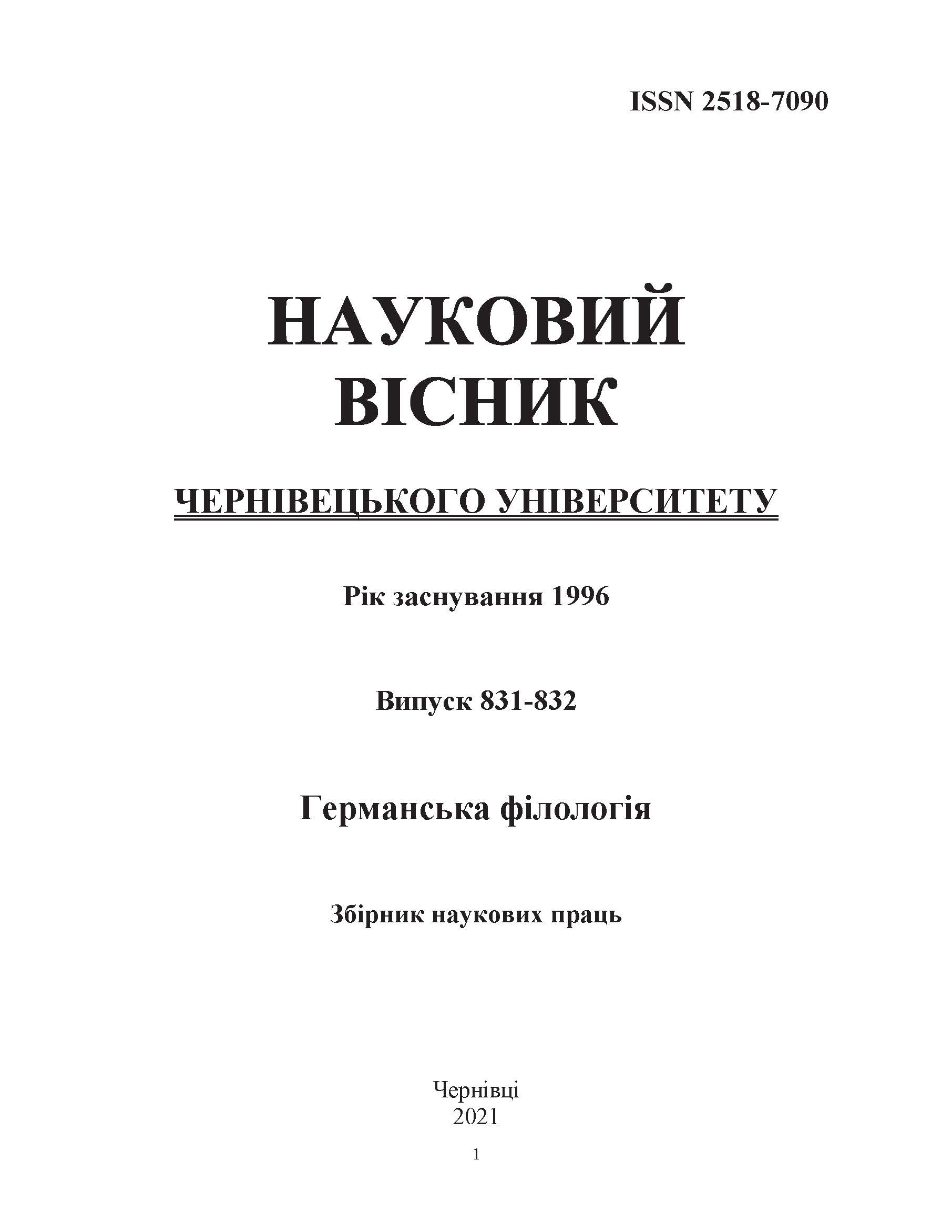DISTRIBUTIVE CHARACTERISTICS OF COMBINING FORMS IN MODERN ENGLISH
DOI:
https://doi.org/10.31861/gph2021.831-832.156-166Keywords:
combining form, distribution, distributive categoryAbstract
The article is devoted to the study of distributive characteristics of combining forms in Modern English. The material of the study is words and terms taken from the Modern English dictionaries. A number of general scientific (analysis, synthesis, induction, deduction, observation, classification, systematization), as well as purely linguistic methods (method of continuous sampling from lexicographic sources, lexico-semantic analysis, study of vocabulary definitions, contextual interpretation) is applied. The morpheme structure of derivatives with these formants is considered. The positions of the studied units in the morpheme structure of the word are analyzed, as well as the classes of morphemes that are in contact with them. The ways of word formation with the participation of combining forms in Modern English word formation and term formation are singled out. It is revealed that combining forms take an active part in terminological word formation in accordance with the existing patterns and models in the language. In derivation with the participation of the studied elements, depending on the formal means of word formation, affixation, composition and abbreviation are distinguished. The classification of distributive classes with a relatively free and fixed position in the word is given through a detailed study of the sum of all environments of combining forms, order and place, compatibility, properties of their use in relation to other elements are fixed. It was found that the studied elements are characterized by wide combinatorial possibilities, which are manifested in their ability to occupy different positions in the word, which can be relatively free or fixed. Three distributive classes are traced among combining forms the units with relatively free position in a word and fixed position. Bases and prefixes are found in the contact environment of a limited number of combining forms. The vast majority of these forms are combined with elements of the same status and suffixes. Only conditionally complex combining forms are characterized by an identical contact environment on the left and right. Combining forms are mainly characterized by the environment of units with the same status as them (right and left) and suffix environment. A characteristic feature of these elements’ compatibility is the absence of grammatical affixes among the morphemes adjacent to them, and the limited number of prefixes and root morphemes among their contact environment. It seems promising to expand the scope of the study by studying these derivational forms, which function in different terminological systems and in different styles of texts in Modern English. The comparison of combinatorial forms in different modern languages is of particular interest.






